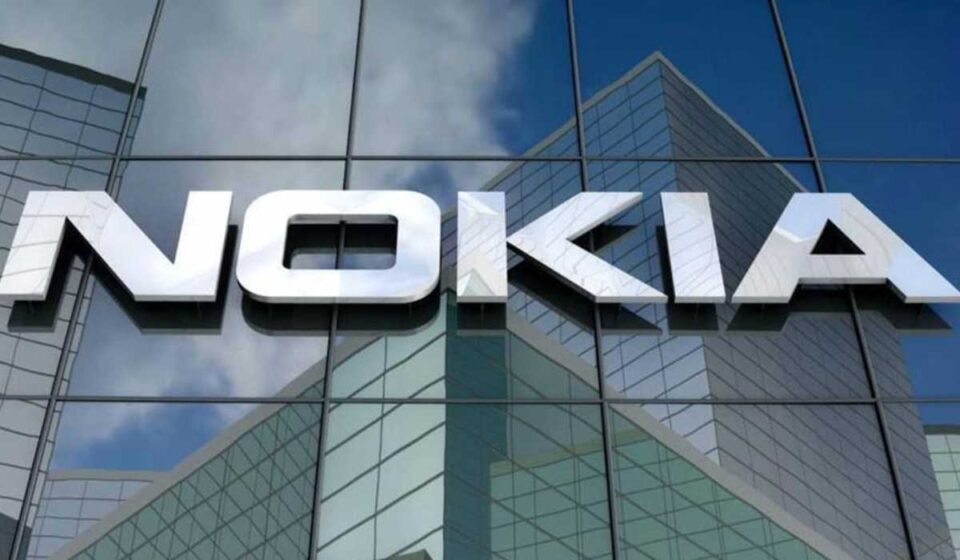Nokia, once a titan in the mobile phone industry, enjoyed a period of dominance from the late 1990s to the early 2000s. The Finnish company became synonymous with mobile technology, leading the market with innovative designs and robust hardware. However, as the smartphone revolution took off, Nokia’s failure to adapt quickly led to a rapid decline. By the early 2010s, Nokia had lost its market leadership, nearly disappearing from the mobile phone market altogether.
Nokia’s initial success was rooted in its strong focus on hardware quality and extensive global distribution networks. The company’s strategy of producing a wide range of models catering to various market segments helped it capture a substantial share of the mobile phone market. However, the rise of smartphones, particularly Apple’s iPhone and devices running Google’s Android OS, caught Nokia off guard. The company’s reluctance to embrace touchscreens and advanced operating systems, coupled with a slow response to market changes, led to its downfall.
Despite this, Nokia demonstrated remarkable resilience. By pivoting towards the telecommunications infrastructure sector and focusing on network technology and services, Nokia managed to reinvent itself. Acquisitions, such as the purchase of Alcatel-Lucent, further strengthened its position in the telecommunications industry. Today, Nokia is a leading player in 5G technology and network solutions, showcasing its ability to adapt and thrive in a new domain.
Nokia’s journey offers valuable lessons in business resilience and adaptability. Companies can learn the importance of staying agile and responsive to technological shifts and market demands. Nokia’s experience underscores the necessity of innovation and the willingness to pivot strategically when faced with disruptive changes.


